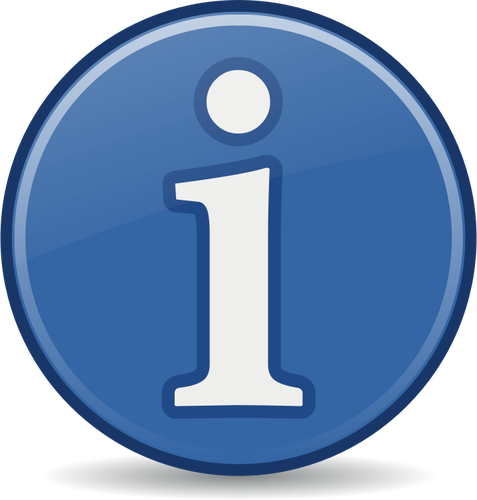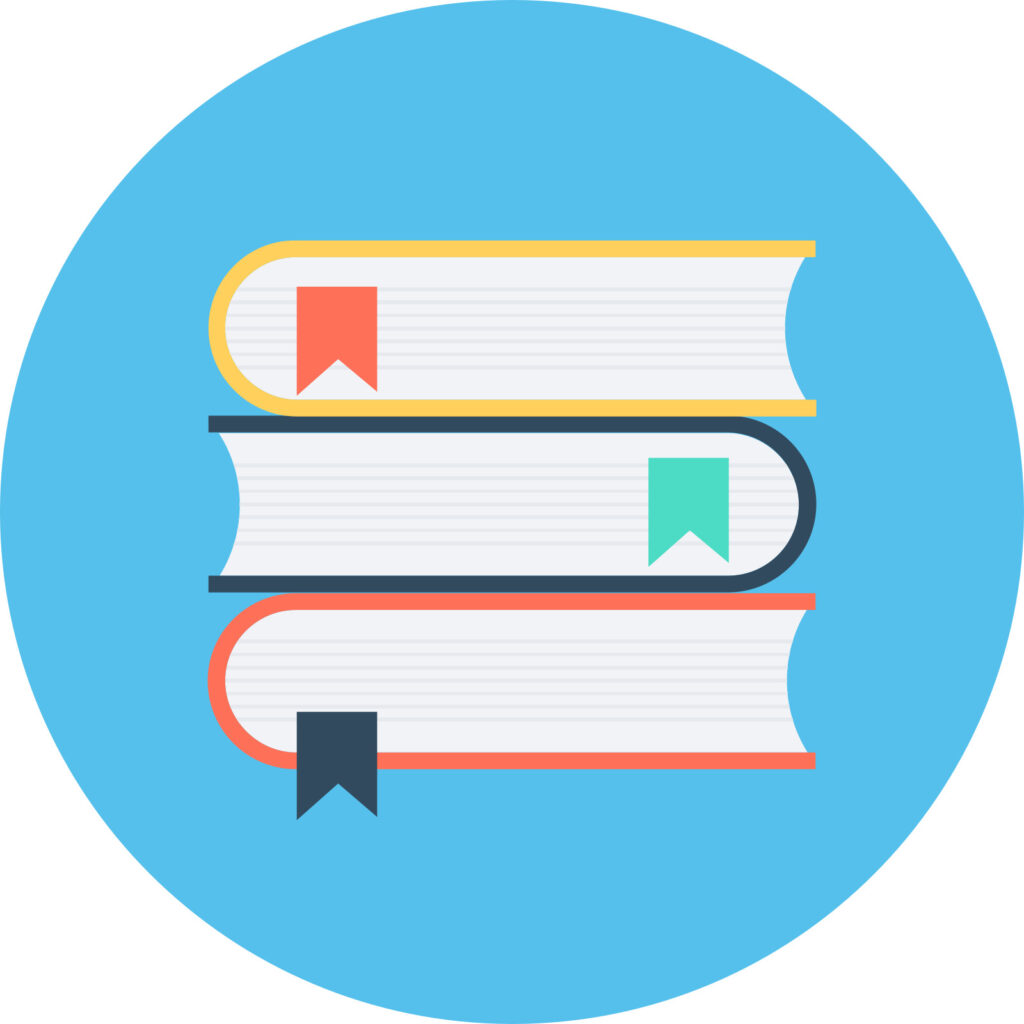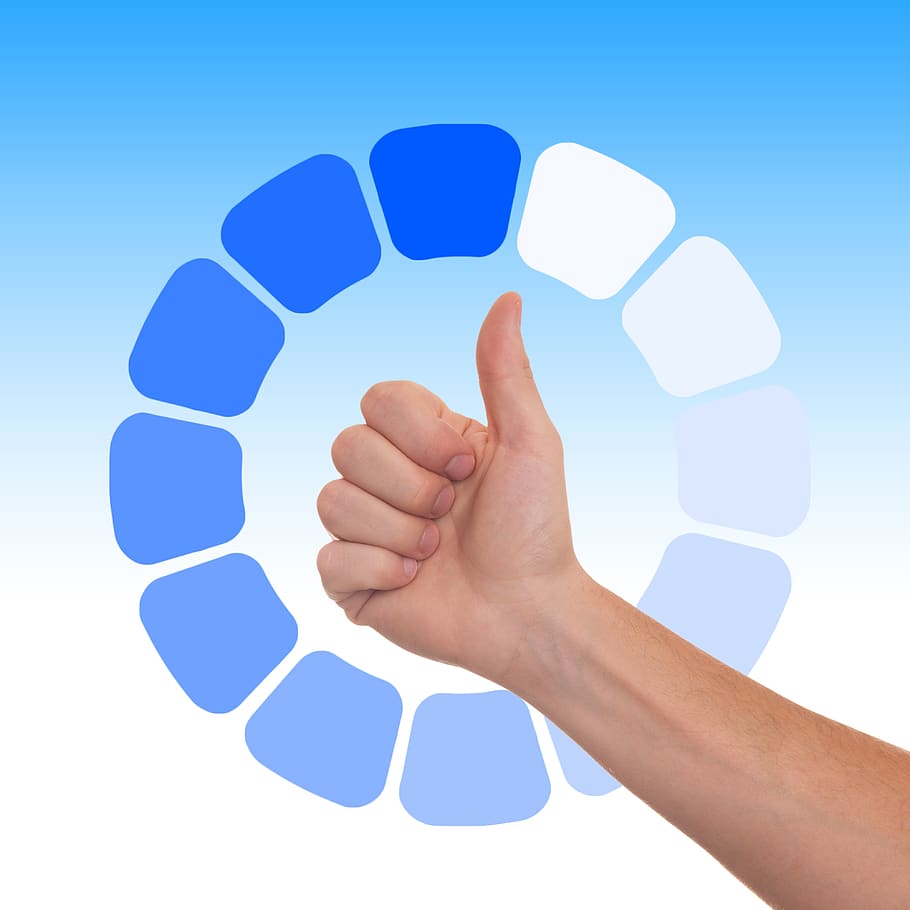The USeFuL Project
Using Systemic Functional Linguistics to Understand Neurogenic Communication Disorders
A real-world theory of linguistics
If you want to ensure your clients with neurogenic communication disorders develop skills they can use in real-life conversations, you need a theory of linguistics that was developed from real-world conversational data. SFL can help you become a more effective clinician because this approach was develop to make sense of real-world data and to explain how people communicate in settings outside of the clinic room


USeful concepts
SFL provides a host of different concepts we can use to understand how context influences communication, the functions of language and how conversations are set up and develop
Empowering people with and without neurogenic communication disorders to have more meaningful, enjoyable conversations
The USeFuL Project has four primary goals

Increase knowledge of SFL amongst SLPS
SFL provides many tools and concepts we can use when helping clients to communicate more effectively during conversations. We want to share these tools with other practicing SLPs

Create a storehouse of SFL-based resources
There are so many great resources on using SFL to better understand conversations involving people with and without neurogenic communication disorders out there. We want to create an online location that clinicians will be able to rely on when planning and providing services

Develop and refine SFL-based assessments
Because the entire SFL enterprise is based on data collected in everyday settings, assessment frameworks built on SFL foundations will evaluate how clients actually communicate when they leave the clinic. We aim to develop psychometrically sound and clinical usable SFL-based assessments

Create SFL-based interventions
Our clients want and need to be better at communicating during conversation. Because SF linguists analyze how people interact during unstructured, natural conversation, therapies based on this approach will lead to gains across many different settings and activities